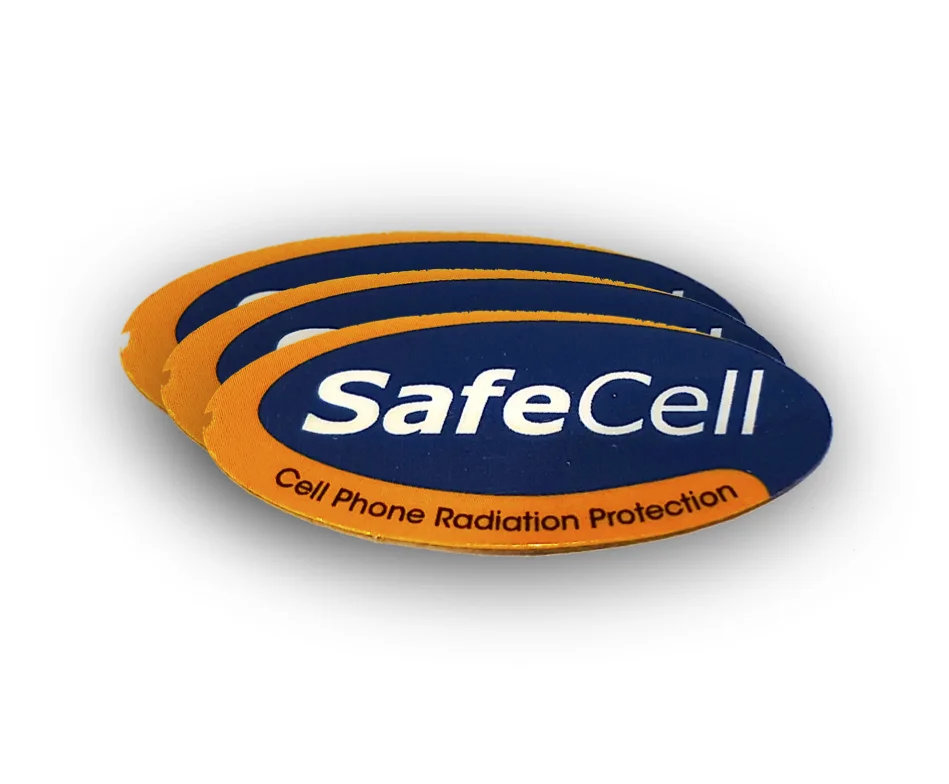A new, peer-reviewed study found that children who used cell phones or were exposed prenatally to cell phone radiation were at higher risk of developing headaches by age 7.
Researchers at UCLA and their colleagues in Europe studied the effects of prenatal cell phone radiation exposure and postnatal cell phone use among 52,000 children whose mothers participated in a cohort study in Denmark. Data were collected from the mothers during pregnancy and when the children were 7 years of age.
According to the study authors, “headache is the most common type of pain reported by children,” and headaches have become more common over time. “Should RF exposure from cell phones have a harmful effect on health, children may be at the highest risk and should be given high priority in research related to RF [radiofrequency] health effects.”
The study compared four groups of children: 1) children with no prenatal or postnatal exposure to cell phones; 2) children who never used cell phones but were exposed to cell phone radiation prenatally because their mothers used cell phones during pregnancy; 3) children who used cell phones but were not exposed prenatally; and 4) children who used cell phones and were also exposed prenatally. When the children were 7 years of age, the mothers reported about the child’s behavior and health including whether the child experienced migraines and/or headache-related symptoms (i.e., “often complains of headaches, stomach aches, or sickness”).
Among children with no cell phone exposure, 16.5% experienced headache-related symptoms as compared to 19% with only pre-natal cell phone exposure, 21% who used cell phones but did not have prenatal exposure, and 23% of children who used cell phones and had prenatal exposure. After controlling for other factors, children with cell phone exposure or who used cell phones were significantly more likely to develop migraines and headache-related symptoms than children with no exposure to cell phones.
The study enrolled pregnant women between 1996 and 2002 and followed them over time. Since people used their cell phones much less during this period than now, this study may underestimate the effect of cell phone exposure on the fetus and child today.
Previous studies by members of this research team have found evidence in this Danish children’s cohort that children’s cell phone use and prenatal exposure increased their risk of hyperactivity, behavioral problems, and hearing loss by age 7.
Although the results of this study are not fully conclusive, the data strongly suggest that precaution is warranted. Cell phone use among pregnant women and children should be limited, and hands-free use should be strongly encouraged. Moreover, pregnant women should keep their cell phone away from their abdomen whenever it is turned on.
The study’s authors concluded, “Should a true causal effect exist, it would have large public health implications because cell phone exposure is nearly ubiquitous and children are using this technology at younger ages than ever before.”
More research on the health effects of cell phone use and prenatal exposure is needed. Such research should be funded independent of industry because industry-funded studies have tended to be lower quality and lack credibility due to conflict of interest. A “nickel-a-month” fee collected on each cell phone subscription in the U.S. would generate sufficient funds to undertake the research needed to understand the potential health problems caused by cell phone radiation exposure and to promote cell phone safety.
Follow us for breaking news and updates!



